- Ensure Proper Watering for Your Plants
- 1. Water deeply and infrequently
- 2. Use a drip irrigation system or soaker hose
- 3. Water in the morning
- 4. Monitor soil moisture
- 5. Mulch around your plants
- 6. Adjust watering based on plant needs
- 7. Collect and reuse rainwater
- Optimize Fertilization for Healthy Growth
- 1. Understand Your Plant’s Nutrient Requirements
- 2. Use Organic Fertilizers
- 3. Apply Fertilizer at the Right Time
- 4. Consider Slow-Release Fertilizers
- 5. Avoid Over-Fertilizing
- 6. Water Properly After Fertilizing
- 7. Keep Track of Fertilization
- Learn How to Propagate Your Plants
- 1. Stem Cuttings
- 2. Leaf Cuttings
- 3. Division
- 4. Layering
- 5. Seed Propagation
- Protect Your Plants from Pests and Diseases
- 1. Regularly inspect your plants
- 2. Remove infected plants
- 3. Practice crop rotation
- 4. Use organic pest control methods
- 5. Provide proper plant care
- 6. Mulch your garden
- 7. Educate yourself
- Prune and Trim Your Plants for Better Form
- When to Prune
- Tools You’ll Need
- Identify the Branches to Remove
- Pruning Technique
- Training and Shaping
- Care After Pruning
- Manage Weeds to Maintain a Clean Garden
- Here are some tips for managing weeds:
- Benefits of Managing Weeds:
- Create an Ideal Environment for Plant Growth
- 1. Choose the Right Location
- 2. Provide Proper Watering
- 3. Implement Good Mulching Practices
- 4. Use Fertilizers Wisely
- 5. Protect Plants from Pests and Diseases
- 6. Provide Adequate Support
- 7. Regularly Monitor and Maintain
- Conclusion
- Harvest and Enjoy the Fruits of Your Labor
- 1. Know when to harvest
- 2. Use proper harvesting techniques
- 3. Store your harvest properly
- 4. Share your bounty
- 5. Try new recipes
- 6. Preserve your harvest
- 7. Reflect and plan for next year
- Questions and Answers:
- How often should I water my plants in July?
- What is the best fertilizer to use for plants in July?
- Can I propagate my plants in July?
- How can I protect my plants from pests and diseases in July?
- Can I start a new vegetable garden in July?
- Videos: THIS LITTLE TRICK WILL MAKE YOUR TOMATO PLANTS VERY HAPPY!
Welcome to our guide on gardening tips for July! As the summer heat intensifies, proper watering becomes crucial to keep your plants healthy and thriving. Make sure to water your garden deeply to encourage deep root growth. Consider installing a soaker hose or drip irrigation system to ensure even watering. Additionally, be mindful of the times you water – early morning or late evening is best to avoid evaporation and prevent foliage diseases.
In July, fertilizing is essential to replenish the nutrients that your plants may have depleted. Use a balanced fertilizer with a ratio such as 10-10-10 to provide a good mix of nitrogen, phosphorous, and potassium. Apply the fertilizer according to the instructions on the package and be careful not to over-fertilize, as this can harm your plants.
If you’re looking to expand your garden, July is an excellent time for plant propagation. Take cuttings from your existing plants and root them in water or a well-draining potting mix. Make sure to keep the cuttings in a warm, humid environment and provide them with regular misting to encourage root development. Propagating your plants not only allows you to grow more of your favorites but also saves you money in the long run.
Lastly, as July brings more pests and diseases, it’s important to protect your plants. Inspect your garden regularly for signs of pest damage and take action immediately. Remove any diseased leaves or plants to prevent the spread of infection. Consider using organic insecticides or insecticidal soaps to control common garden pests like aphids or mealybugs. A little vigilance and proactive measures will go a long way in ensuring a beautiful, healthy garden throughout summer!
Ensure Proper Watering for Your Plants
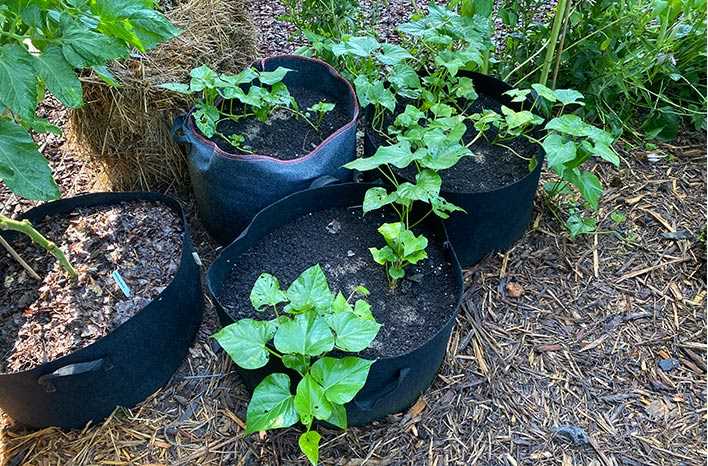
Proper watering is crucial for the health and vitality of your plants, especially during the hot summer months. Here are some tips to help you ensure your plants receive the right amount of water:
1. Water deeply and infrequently
It’s best to water your plants deeply, allowing the water to penetrate the root zone. This encourages the roots to grow deeper into the soil, making your plants more resilient to drought conditions. Watering deeply also helps to prevent shallow root development, which can lead to weaker plants.
2. Use a drip irrigation system or soaker hose
Consider using a drip irrigation system or a soaker hose to deliver water directly to the base of your plants. These methods are more efficient than overhead watering and reduce water waste due to evaporation. They also help prevent the leaves from getting wet, which can lead to fungal diseases.
3. Water in the morning
Watering your plants in the morning is the best time, as the temperatures are cooler and there is less evaporation. It allows the leaves to dry out before nighttime, reducing the risk of fungal diseases. Avoid watering during the heat of the day, as it can lead to water waste and potential damage to the plants.
4. Monitor soil moisture
Regularly check the moisture levels of your soil to ensure you’re not over or under watering your plants. Stick your finger into the soil about an inch deep. If it feels dry at that level, it’s time to water. If it feels moist, hold off on watering for a few more days. It’s important to strike a balance and avoid waterlogged or parched soil.
5. Mulch around your plants
Applying a layer of mulch around your plants can help retain moisture in the soil and prevent weed growth. Mulch acts as a barrier, reducing evaporation and keeping the soil cooler. It also helps regulate soil temperature and prevents erosion.
6. Adjust watering based on plant needs
Different plants have different water needs, so it’s important to adjust your watering schedule accordingly. Some plants, like succulents, require less water and can tolerate drought conditions, while others, like vegetables, need more frequent watering. Research the specific water requirements of your plants and tailor your watering practices accordingly.
7. Collect and reuse rainwater
If possible, collect rainwater in a barrel or container and use it to water your plants. Rainwater is free from the chemicals found in tap water and is often preferred by plants. Additionally, collecting rainwater helps conserve water and reduce your impact on the environment.
By following these watering tips, you can ensure that your plants stay healthy and thrive throughout the summer months. Remember to observe your plants closely and make adjustments as needed, as every garden is unique and requires individual care.
Optimize Fertilization for Healthy Growth
Fertilization is an essential part of maintaining healthy and thriving plants in your garden. By providing your plants with the necessary nutrients, you can promote strong growth, vibrant colors, and abundant flowers or fruits. Here are some tips to help you optimize fertilization for healthy plant growth:
1. Understand Your Plant’s Nutrient Requirements
Different plants have different nutrient requirements, so it’s important to understand what your plants need. Fertilizer labels usually indicate the nutrient content using three numbers, such as 10-10-10, which represent the percentage of nitrogen, phosphorus, and potassium, respectively. Research the specific nutrient requirements for each type of plant in your garden, and choose a fertilizer that matches those needs.
2. Use Organic Fertilizers
Organic fertilizers are derived from natural sources and provide plants with a slow and steady release of nutrients. They improve soil health, support beneficial microorganisms, and reduce the risk of over-fertilization. Examples of organic fertilizers include compost, manure, bone meal, and fish emulsion. Incorporate these fertilizers into the soil before planting or apply them as top dressings.
3. Apply Fertilizer at the Right Time
Timing is crucial when it comes to fertilizing your plants. Applying fertilizers at the wrong time can lead to wasted nutrients or even harm the plants. In general, it’s best to fertilize your plants in early spring just before they start their active growth phase. You can also provide supplemental doses of fertilizers during the growing season for certain plants that have high nutrient demands.
4. Consider Slow-Release Fertilizers
Slow-release fertilizers are designed to deliver nutrients to plants over an extended period. They release small amounts of nutrients gradually, reducing the risk of nutrient leaching and ensuring a steady supply of nutrients for the plants. Slow-release fertilizers are particularly useful for container plants or plants in sandy soils that tend to drain quickly.
5. Avoid Over-Fertilizing
While fertilizing is essential, it’s crucial not to overdo it. Over-fertilizing can lead to nutrient imbalances, burning of the plants’ roots, or excessive vegetative growth at the expense of flowers or fruits. Follow the recommended application rates on the fertilizer package and monitor your plants for signs of over-fertilization, such as yellowing leaves or stunted growth.
6. Water Properly After Fertilizing
After applying fertilizers, make sure to water your plants thoroughly. This helps to distribute the nutrients evenly in the soil and prevents the roots from being burned by concentrated fertilizer. Watering also helps the plants take up the nutrients more effectively. Water deeply but infrequently to encourage deep root growth and prevent nutrient runoff.
7. Keep Track of Fertilization
Maintain a record of your fertilization schedule and the type of fertilizer used for each plant. This will help you track the effectiveness of your fertilization practices and make adjustments as needed. It’s also helpful for identifying nutrient deficiencies or excesses in your plants.
By optimizing fertilization practices, you can ensure that your plants receive the nutrients they need to thrive and produce beautiful blooms or bountiful harvests. Remember to always read and follow the instructions on fertilizer labels for the best results.
Learn How to Propagate Your Plants
Plant propagation is a great way to expand your garden without spending a lot of money. By taking cuttings or dividing existing plants, you can create new plants that are genetically identical to the parent plant. Here are a few methods you can use to propagate your plants:
1. Stem Cuttings
Stem cuttings are one of the easiest ways to propagate many types of plants. Simply cut a healthy stem from the parent plant, remove the lower leaves, and place the cutting in a container filled with moist soil or a glass of water. Keep the cutting in a warm, humid environment until roots develop, then transplant it into a pot or directly into the garden.
2. Leaf Cuttings
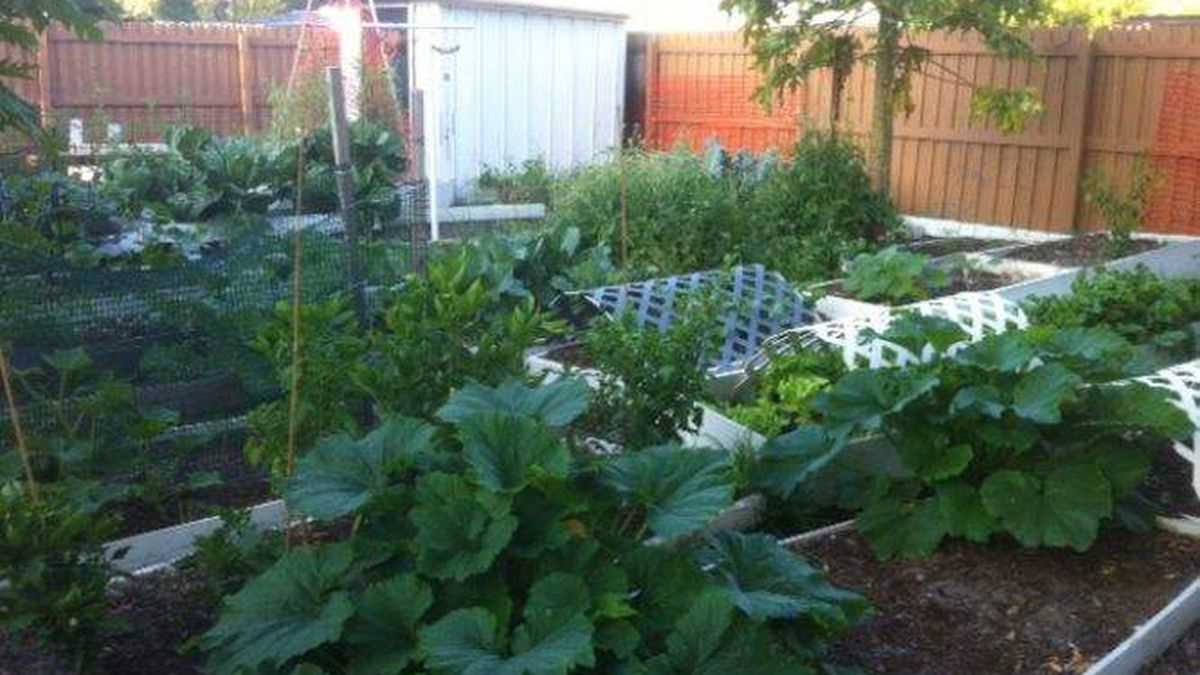
Some plants, like succulents, can be propagated from leaf cuttings. Gently remove a leaf from the parent plant, making sure to include a portion of the stem. Allow the leaf cutting to dry for a couple of days, then place it in a container filled with well-draining soil. Mist the soil regularly and keep it moist until new roots and leaves appear.
3. Division
Dividing perennials is a common method of plant propagation. Dig up the parent plant and carefully separate it into smaller clumps, making sure each clump has roots and shoots. Replant the divisions in a suitable location, providing them with proper care and water until they establish themselves.
4. Layering
Layering is a technique where you encourage a stem or branch of a plant to develop roots while it is still attached to the parent plant. This can be done by bending a low-growing branch to the ground and covering a portion of it with soil. After some time, roots will form along the covered portion. Once the new plant has established roots, it can be separated from the parent plant and transplanted.
5. Seed Propagation
Although seed propagation takes longer than other methods, it is a cost-effective way to grow a large number of plants. Follow the instructions on the seed packets for the specific requirements of each plant. Starting seeds indoors and transplanting them outdoors once they have developed into seedlings is a common approach.
With these propagation methods, you can create new plants from the ones you already have, allowing your garden to flourish and expand. Experiment with different methods to find the ones that work best for the specific plants you want to propagate.
Protect Your Plants from Pests and Diseases

Pests and diseases can wreak havoc on your garden, causing damage to your plants and reducing their overall health and productivity. Here are some tips to help you protect your plants from common pests and diseases:
1. Regularly inspect your plants
Make a habit of inspecting your plants regularly for any signs of pest infestation or disease. Look out for holes in leaves, chewed or discolored foliage, wilting, or unusual growth patterns. Early detection can help prevent the spread of pests and diseases and allow you to take immediate action.
2. Remove infected plants
If you notice any plants that are severely infected or diseased, it’s best to remove them from your garden. This will prevent the spread of pests and diseases to other plants. Be sure to dispose of the infected plants properly, either by burning them or sealing them tightly in a plastic bag before putting them in the trash.
3. Practice crop rotation
Rotate your crops each year to help prevent the buildup of pests and diseases in the soil. Different plants have different susceptibility to specific pests and diseases, so by rotating your crops, you can reduce the risk of reinfestation. This can also help improve soil health and fertility.
4. Use organic pest control methods
Avoid using harsh chemicals or pesticides that can harm beneficial insects and animals. Instead, opt for organic pest control methods such as companion planting, using insect-repelling plants, or introducing natural predators like ladybugs or lacewings. These methods can help control pests without harming your plants or the environment.
5. Provide proper plant care
Healthy plants are less susceptible to pests and diseases, so make sure to provide them with adequate care. This includes proper watering, fertilizing, and pruning. Avoid overwatering, as it can create favorable conditions for fungal diseases. Also, ensure that your plants are getting enough sunlight and have good air circulation to reduce the risk of certain diseases.
6. Mulch your garden
Applying a layer of organic mulch around your plants can help deter pests and diseases. Mulch acts as a barrier, preventing pests from reaching the soil and laying eggs. It also helps retain moisture and regulate soil temperature, leading to healthier plants that are more resilient against diseases.
7. Educate yourself
Stay informed about common pests and diseases that affect your region and the plants in your garden. Learn about their lifecycle, symptoms, and appropriate treatment methods. Being knowledgeable will help you identify and address problems promptly, minimizing the damage to your plants.
By following these tips and maintaining a vigilant approach, you can protect your plants from pests and diseases, ensuring a healthy and thriving garden.
Prune and Trim Your Plants for Better Form
Pruning and trimming your plants is an essential part of maintaining their health and promoting better growth. By removing dead or damaged branches, you can improve the overall form and appearance of your plants.
When to Prune
It’s best to prune your plants in July when they are actively growing. However, avoid pruning during extremely hot days, as it can cause stress to the plants. Choose a cool morning or evening to start pruning.
Tools You’ll Need
Before you begin pruning, make sure you have the necessary tools. These may include a pair of sharp pruning shears, loppers, a pruning saw, and gloves. Ensure your tools are clean and sharp to prevent any damage to the plants.
Identify the Branches to Remove
Take a close look at your plants and identify any dead or damaged branches. These branches are often discolored, brittle, or have no new growth. Removing them will not only improve the appearance but also prevent the spread of diseases or pests.
Pruning Technique
When pruning, make clean cuts just above the node or junction where a branch meets another. Avoid leaving stubs, as they can invite pests and diseases. If you’re unsure, start with small cuts and step back to assess the plant’s form before making further cuts.
Training and Shaping
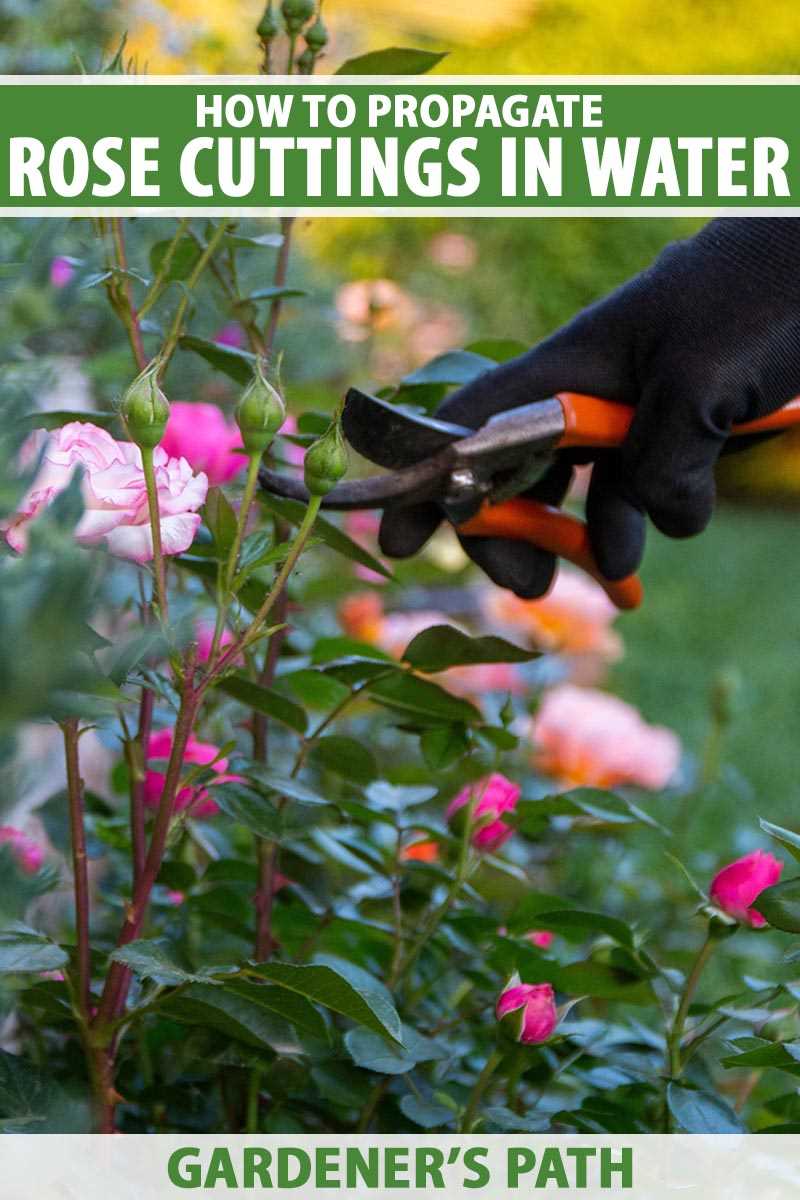
Pruning can also help train and shape your plants. By selectively removing branches, you can encourage a bushier growth or direct the plant’s growth towards a desired direction. Regular pruning can help maintain the desired form and prevents the plants from becoming too unruly.
Care After Pruning
After pruning, make sure to water your plants well to help them recover. Apply a layer of mulch around the base to conserve moisture and protect the roots. Avoid fertilizing immediately after pruning, as it can stimulate new growth that may be vulnerable to damage.
Pruning and trimming your plants in July will not only improve their form but also promote healthier growth. By following these tips and techniques, you can ensure your plants thrive and provide a beautiful garden for months to come.
Manage Weeds to Maintain a Clean Garden
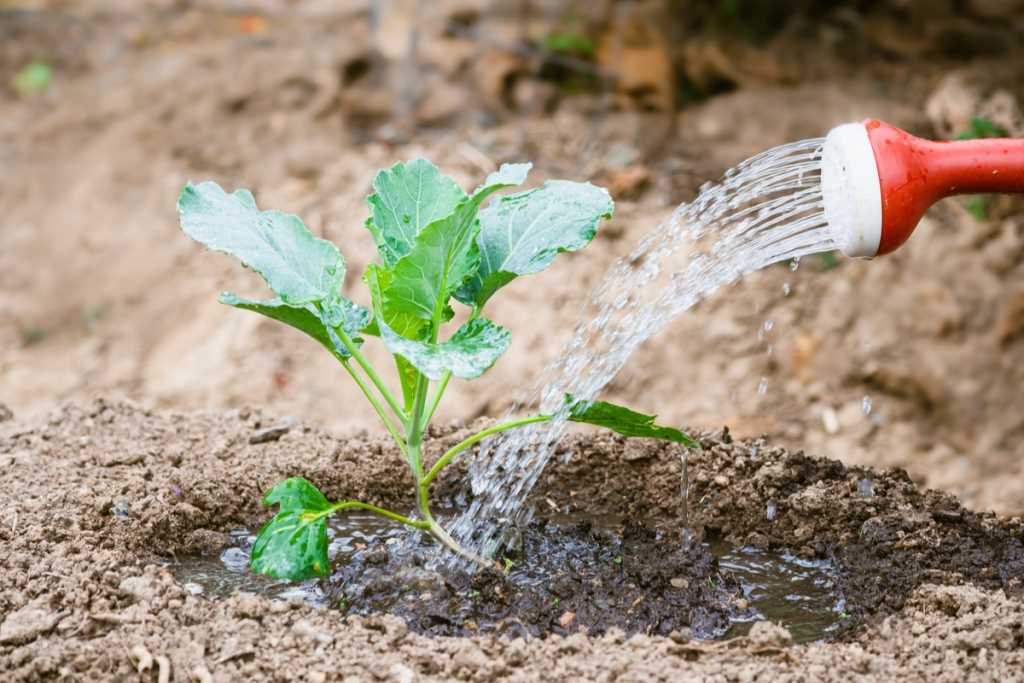
Weeds can quickly take over a garden if left unattended. They compete for resources such as sunlight, water, and nutrients, and can hinder the growth of your desired plants. To maintain a clean and healthy garden, it is essential to manage weeds effectively.
Here are some tips for managing weeds:
- Regularly Weed: Set aside some time each week to walk through your garden and remove any weeds you spot. The earlier you catch them, the easier it will be to remove them.
- Mulch: Apply a layer of mulch around your plants to suppress weed growth. Mulch acts as a barrier, preventing sunlight from reaching weed seeds and inhibiting their germination.
- Hand Pull: For smaller gardens or areas with a few stubborn weeds, hand pulling can be an effective method. Make sure to grasp the weed firmly at the base and gently pull upward, ensuring you remove the entire root.
- Use Weed Barrier Fabric: Consider using weed barrier fabric in areas where you don’t want any weeds to grow, such as pathways or under decks. The fabric allows water and nutrients to penetrate the soil while preventing weed growth.
- Apply Herbicides Selectively: If the weed problem is overwhelming or if hand pulling is not feasible, you can use herbicides. However, make sure to select a selective herbicide that targets only weeds and not your desired plants. Follow the instructions carefully and apply according to the recommended dosage.
Benefits of Managing Weeds:
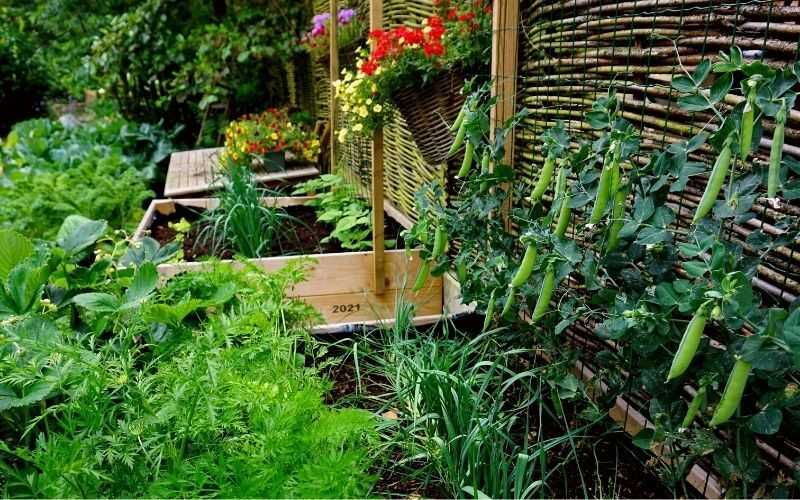
By effectively managing weeds in your garden, you can enjoy several benefits:
- Improved Plant Growth: By minimizing weed competition, your desired plants will have better access to sunlight, water, and nutrients, promoting healthier growth.
- Reduced Pest Problems: Weeds can harbor pests and diseases that can spread to your desired plants. By removing weeds, you can reduce the risk of pest infestations.
- Aesthetically Pleasing: A garden free of weeds looks more attractive and well-maintained.
- Easier Maintenance: Managing weeds on a regular basis can prevent them from spreading and becoming a more significant problem. This helps in reducing the time and effort required for weed control.
By implementing these weed management strategies, you can maintain a clean and healthy garden, allowing your desired plants to thrive.
Create an Ideal Environment for Plant Growth
1. Choose the Right Location
When planning your garden, it’s important to choose a location that provides the optimal conditions for your plants to thrive. Consider factors such as sunlight exposure, soil quality, and drainage. Most plants require at least 6 hours of sunlight, so choose a spot that receives adequate sunlight throughout the day. Additionally, make sure the soil is well-draining to prevent root rot and other issues.
2. Provide Proper Watering
Watering is crucial for plant growth, and it’s important to provide the right amount of water for your plants. Overwatering can lead to root rot, whereas underwatering can cause stress and stunted growth. The frequency and amount of water needed vary depending on the plant type, soil conditions, and climate. As a general rule, water deeply but less frequently, allowing the soil to dry out between waterings. Avoid watering during the hottest part of the day to prevent evaporation.
3. Implement Good Mulching Practices
Mulching is an effective way to retain moisture in the soil, suppress weeds, and improve overall plant health. Use organic mulch, such as wood chips or straw, and apply a layer of 2-4 inches around your plants. This will help regulate soil temperature, conserve moisture, and provide nutrients as it breaks down over time. Make sure to keep the mulch a few inches away from the plant stems to prevent rot and disease.
4. Use Fertilizers Wisely
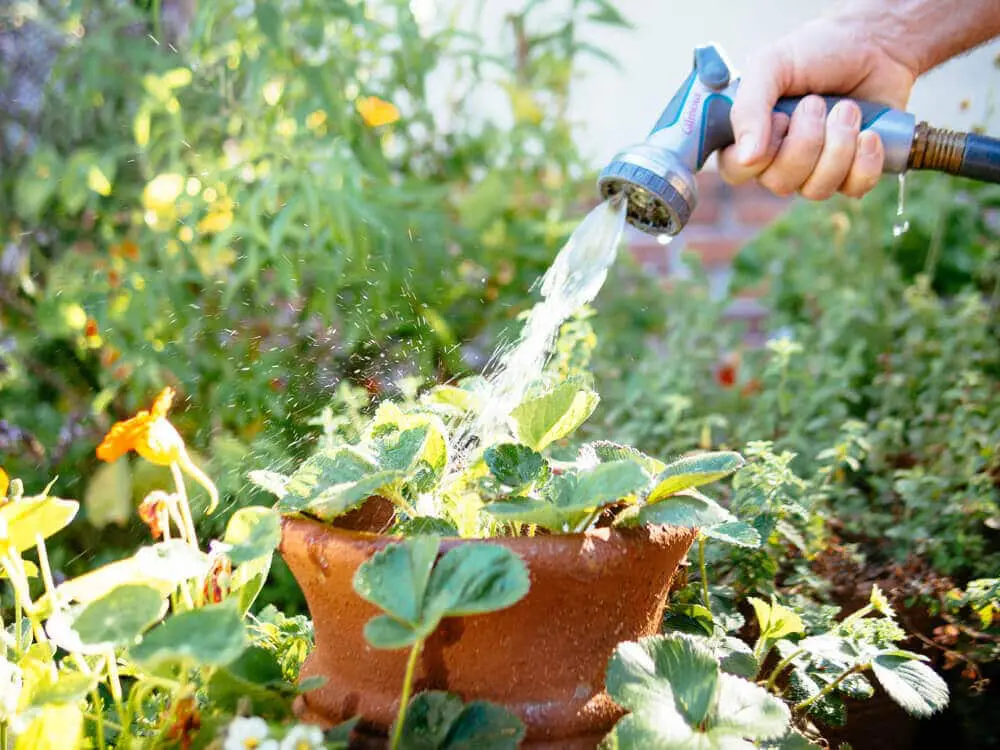
Fertilizers are essential for providing plants with the necessary nutrients for healthy growth. However, it’s important to use them wisely to avoid overfertilization, which can harm plants and contribute to pollution. Test your soil to determine its nutrient needs and choose an appropriate fertilizer accordingly. Follow the recommended application rates and timings, and consider using organic fertilizers for a more sustainable approach.
5. Protect Plants from Pests and Diseases
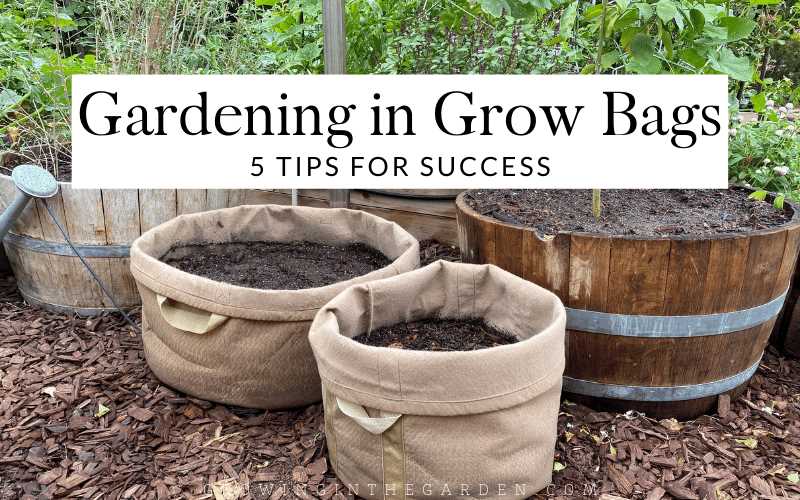
Pests and diseases can wreak havoc on your plants, so it’s important to implement preventive measures. Regularly inspect your plants for any signs of pests or diseases, such as yellowing leaves, chewed foliage, or wilting. Use organic pest control methods whenever possible, such as hand-picking pests or using insecticidal soap. Additionally, encourage beneficial insects, such as ladybugs and bees, to help control pest populations.
6. Provide Adequate Support
Some plants, such as tomatoes or climbing vines, require support to grow properly. Install stakes, trellises, or cages to provide the necessary support for these plants. This will help prevent them from bending or breaking under their own weight and will allow for proper growth. Make sure to provide support early in the plant’s growth to avoid damaging the roots.
7. Regularly Monitor and Maintain
Regular monitoring and maintenance are key to creating an ideal environment for plant growth. Check your plants regularly for any signs of stress, nutrient deficiencies, or other issues. Prune any dead or diseased branches, remove weeds, and clear debris from the garden. Stay observant and address any problems promptly to ensure your plants stay healthy and productive.
Conclusion
By creating an ideal environment for plant growth, you can maximize the health and productivity of your garden. Choose the right location, provide proper watering and fertilization, implement good mulching practices, protect plants from pests and diseases, provide adequate support, and regularly monitor and maintain your garden. With these steps, your plants will thrive and provide you with a beautiful and bountiful garden.
Harvest and Enjoy the Fruits of Your Labor
After months of hard work, it’s finally time to reap the rewards of your gardening efforts. July is a great month to start harvesting and enjoying the fruits of your labor. Here are some tips to make the most of your harvest:
1. Know when to harvest
Each fruit and vegetable has its own optimal time for harvesting. Monitor the size, color, and texture of your produce to determine when it’s ready. For example, watermelons should have a dull skin color, while tomatoes should be fully ripened and have a vibrant color.
2. Use proper harvesting techniques
Handle your produce with care to avoid damaging it. Use a sharp knife or scissors to cut fruits and vegetables from the plant. Avoid pulling or yanking, as this can harm the plant and reduce future yield.
3. Store your harvest properly
Depending on the type of fruit or vegetable, you may need to store it in different ways. Some produce, like tomatoes and cucumbers, can be stored at room temperature. Others, like berries and leafy greens, should be refrigerated to maintain freshness. Follow specific guidelines for each crop to extend their shelf life.
4. Share your bounty
If you have an abundance of produce, consider sharing it with friends, family, or neighbors. You can also donate your excess harvest to local food banks or community organizations. Sharing your bounty not only spreads joy but also reduces food waste.
5. Try new recipes
Don’t be afraid to experiment with your harvest in the kitchen. Look for new recipes that feature the fruits and vegetables you’ve grown. This will allow you to enjoy the flavors of your garden in unique and delicious ways.
6. Preserve your harvest
If you can’t consume your entire harvest right away, consider preserving it for future use. You can freeze, can, or dehydrate fruits and vegetables to enjoy them throughout the year. This is a great way to savor the taste of your garden even when the growing season has ended.
7. Reflect and plan for next year
Take the time to reflect on your gardening season and learn from your experiences. Consider what worked well and what you can improve upon for next year. Use this knowledge to plan your future garden, selecting new varieties or adjusting your planting schedule.
Remember, gardening is a journey, and harvesting your own fruits and vegetables is a rewarding accomplishment. So take the time to savor the flavors of your hard work and share the joy of gardening with others!
Questions and Answers:
How often should I water my plants in July?
In July, it is recommended to water your plants at least once or twice a week, or more depending on the weather conditions and the type of plants you have. Make sure to water deeply but avoid overwatering as it can lead to root rot.
What is the best fertilizer to use for plants in July?
The best fertilizer to use for plants in July is a balanced, slow-release fertilizer with equal amounts of nitrogen, phosphorus, and potassium. This will help provide essential nutrients to your plants during the growing season. Additionally, you can also use organic fertilizers such as compost or fish emulsion.
Can I propagate my plants in July?
Yes, you can propagate your plants in July. This is a great time to take cuttings from your favorite plants and root them in water or soil. Cuttings taken in July are more likely to root successfully due to optimal growing conditions. Just make sure to keep the cuttings moist and provide them with indirect light.
How can I protect my plants from pests and diseases in July?
To protect your plants from pests and diseases in July, you can practice good garden hygiene by removing any dead or infected leaves. You can also use organic insecticides or fungicides to control pests and diseases. Additionally, you can attract beneficial insects such as ladybugs and lacewings to your garden, as they help in controlling pests naturally.
Can I start a new vegetable garden in July?
Starting a new vegetable garden in July can be challenging, as most vegetables need cooler temperatures to germinate and grow. However, you can still plant quick-growing vegetables such as salad greens, radishes, and beans, which can be harvested in a few weeks. Make sure to provide them with enough water and shade to protect them from the summer heat.







